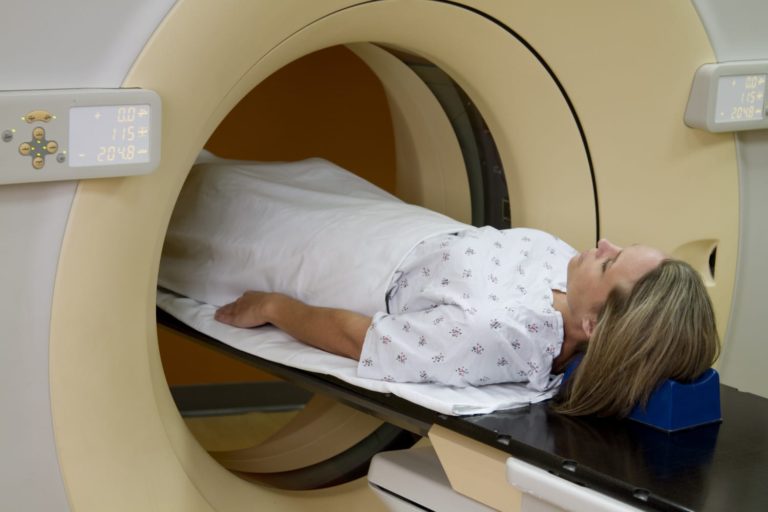Acute migraine medications stop or reduce pain during a migraine attack. Learn about the most common acute treatments for migraine, how they help with pain and other symptoms, and when you should use these medications.
Migraine is an episodic headache disorder that causes unpredictable, disabling attacks of painful symptoms like head pain, brain fog and others. In many cases, migraine attacks can be successfully treated with acute medications. Some of these medications are available over the counter, while others are prescription medications. Acute migraine medications fall into several general classes of medicines, including analgesics, ergotamines, triptans and new medications like gepants and ditans.
What are some common types of acute migraine medications?
Analgesics are not migraine-specific medications but rather work to reduce pain signals throughout the body (not just the pain pathways involved in migraine). For example, if someone has a sprained ankle and is also experiencing a migraine attack, a non-steroidal anti-inflammatory drug (NSAID) like ibuprofen may help reduce the pain of both conditions. Other common analgesics include naproxen sodium (Aleve) and acetaminophen (Tylenol).
In contrast, ergotamines, triptans, gepants and ditans are migraine-specific medications. This means they work specifically on the pain pathways involved in migraine but have no effect on other common pain pathways, such as those involved in a sprained ankle. Learn more about these migraine-specific medicines below.
| Analgesics & NSAIDs |
|
| Ergotamine & Ergot Alkaloids (Dihydroergotamine) |
|
| Triptans |
|
| Gepants |
|
| Ditans |
|
How can you tell if you are taking the right migraine medication?
Often, treating just two or three headaches and paying attention to whether your pain and other symptoms improve is enough to determine whether an acute medication is successful or not. Comparing how two migraine attacks with similar symptoms respond to the same acute medication can predict how you will respond to that medication during future attacks with about 70% accuracy.
You can judge the success of your current migraine treatment by asking the following questions:
- Are you pain-free within 2-4 hours of using your acute medications during an attack?
- Are you functioning normally within 3-4 hours of using your acute medications during an attack?
- Does your headache consistently respond to acute treatment at least 50% of the time?
- Are you comfortable taking the migraine treatment prescribed by your doctor and still able to plan and go about your day?
If you answered “No” to one or more of these questions, you should talk to your doctor about adjusting your migraine treatment plan.
Does it matter when you take acute medication during a migraine attack?
For many people, there is a “window of opportunity” during a migraine attack when it is more likely that their headache symptoms will respond to treatment. This window of opportunity occurs within the first two hours after head pain starts. This is why headache specialists often recommend that people with migraine use acute treatment earlier in the timeline of a migraine attack, and, if possible, use treatment when pain is still mild. (Note: These recommendations may differ for people experiencing medication overuse headache.)
To avoid continued failure of a given medication, pay attention to whether you wait too long to take it when treating your headache pain. Delays in treating migraine attacks may reduce the chance that your headache will respond to medication.
Other Considerations When Using Acute Migraine Treatments
If you are using migraine-specific acute medicines like ergotamines, triptans, gepants and ditans, make sure the headache pain you are experiencing is due to a migraine attack and not some other cause like a sinus headache. (Learn how to spot the differences between primary and secondary headaches.)
Restrict your use of acute migraine treatment to no more than nine days per month. If you find that you need to use your acute pain medications more than nine days per month, talk to your doctor about adjusting your migraine prevention treatment plan. Gepants are an exception to this rule, as this class of medications can also be taken regularly for migraine prevention.
The American Migraine Foundation is committed to improving the lives of those living with this debilitating disease. To learn more about all of your migraine treatment options, visit the AMF Resource Library. For help finding a healthcare provider, check out our Find a Doctor tool. Together, we are as relentless as migraine.









































































